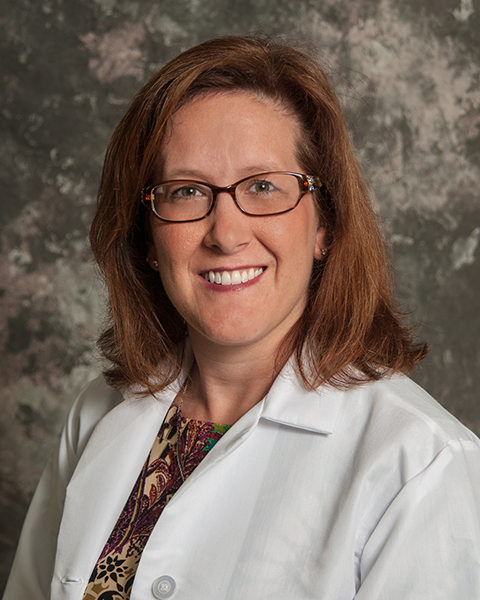Breast Cancer High Risk Factors
Breast cancer is the most frequently diagnosed female malignancy and the leading cause of cancer death in women. One out of eight women will be diagnosed with breast cancer in their lifetime. Prevention and early diagnosis are key to successful diagnosis and treatment. Stratifying (classifying) patients by their risk level allows screening and prevention to be based on personal risk for each individual. Penn Highlands Healthcare is proud to offer this service.
Our high risk breast clinic is located in the DuBois office of Dr. Kelley Smith, Penn Highlands General Surgery, and is managed by me, Melissa Hilliard PA-C. We offer cancer genetics assessment, testing and risk stratification.
Approximately one-half of newly diagnosed breast cancers are associated with known risk factors, such as early age at menarche, late age at first live-birth, late menopause, or proliferative breast disease. An additional 10 percent are associated with a positive family history. Underlying genetic mutations are present in 6 percent of breast cancers and 15 percent of ovarian cancers.
In addition, risk may be modified by demographic, lifestyle and environmental factors, although their association with breast cancer risk has not been clearly demonstrated.
The American Cancer Society defines high risk as a lifetime risk of 20 percent or more, moderate risk as 15-20 percent, and normal risk as less than 15 percent. There are several factors that are considered when risk stratifying, or classifying, women. The High Risk Breast Program at Penn Highlands is designed for patients with an increased risk of breast cancer due to familial, genetic or biopsy-based risk factors.
• Family History – This is determined by completing a thorough review of the family history and creating a pedigree (family tree).
• Genetic Factors – This is determined by completing formal genetic testing using a blood or saliva sample. In March 2018, the FDA (Food and Drug Administration) authorized the direct-to-consumer company, 23andMe, to include BRCA testing as part of its Personal Genome Service Genetic Health Risk report. It is important to note that the testing includes only the three BRCA Ashkenazi Jewish founder mutations and does not test for the other known BRCA mutations or the other genes known to be linked to breast cancer. A negative result on this type of test can lead to a false sense of security as it is not inclusive testing. We advise testing through a well-established medical genetics laboratory to obtain complete genetic results and utilizing a provider with experience in interpreting those results to determine the appropriate management.
• Tissue Based Factors – This is based on breast biopsy results showing atypical ductal hyperplasia, atypical lobular hyperplasia or lobular carcinoma in situ, all of which increase future risk of breast cancer. (These types of results are based on how the cells and tissue look under a microscope.)
• Risk Prediction Models – Mathematic models may be used to provide patients with estimates of cancer risks and the likelihood of testing positive for a gene mutation. This can be performed by a genetic counselor or a medical provider with experience in genetics.
Once a woman is identified as being high risk, we determine a treatment plan. Treatment plans can include lifestyle modifications, additional imaging, chemoprevention or prophylactic surgery.
Lifestyle modifications include reduction in alcohol consumption, cessation of tobacco use and increasing physical activity.
Women with a high lifetime risk of breast cancer should undergo annual screening mammogram, annual breast magnetic resonance imaging (MRI) and clinical breast exam every 6 -12 months beginning 10 years prior to the youngest affected family member but not prior to age 30 for mammography and not prior to age 25 for MRI.
Women with a five-year breast cancer risk of at least 1.7 percent may also consider risk reduction options including chemoprevention with medications such as tamoxifen, raloxifene or an aromatase inhibitor. These medications lower breast cancer risk by one-third.
Women with a positive genetic result or a markedly elevated lifetime risk may elect for risk reducing surgery including mastectomy or salpingoophorectomy (removal of the ovaries).
Determining risk helps us to customize a surveillance and treatment plan that is right for each individual. The goal of our program is to aid in prevention and early detection of cancer. If you feel that you may be at high risk, speak to your physician to determine if a referral for further evaluation is right for you.

